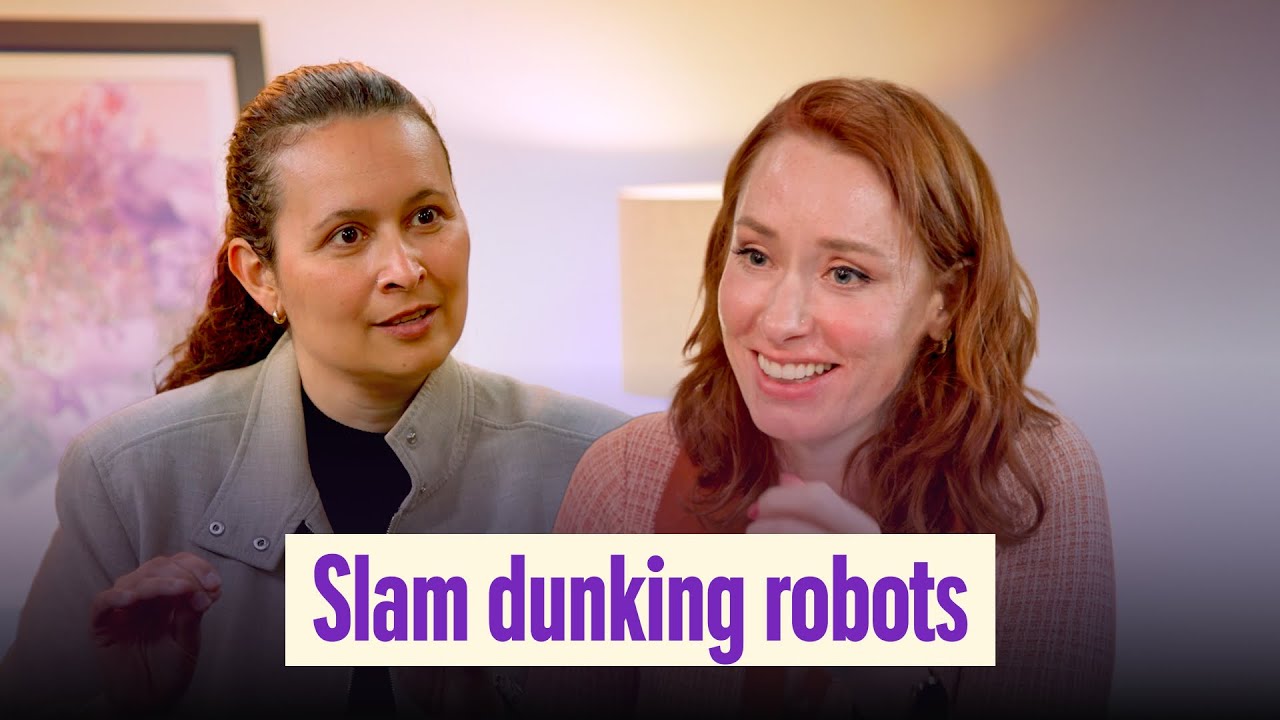Karolina Parada discusses recent advances in robotics driven by AI, highlighting how multimodal models and reasoning capabilities are enabling robots to perform complex, adaptable tasks and interpret natural language commands. She emphasizes ongoing challenges in dexterity, safety, and ethics, but remains optimistic about the rapid progress and future potential of intelligent, versatile robots in various real-world applications.
The podcast features Karolina Parada, who leads robotics research at Google DeepMind, discussing recent advances in robotics driven by AI. She highlights how robotics has traditionally involved programmed tasks or remote operation, but recent developments aim to create robots with true general intelligence capable of reasoning, understanding, and acting autonomously in complex environments. Parada emphasizes that AI’s progress, especially in large language models, is now enabling robots to perform more sophisticated and adaptable tasks, moving beyond simple, repetitive actions.
Parada explains the evolution of their robotics models, including the integration of multimodal understanding through Gemini, which combines visual, language, and action modalities. This allows robots to interpret natural language commands, understand visual inputs, and perform complex manipulations like packing a lunch or doing an origami fold. She describes how these models enable robots to generalize across new situations, adapt to unfamiliar objects, and respond interactively to human instructions, marking a significant step toward more versatile and intelligent robots.
The discussion delves into the technical aspects of robotic reasoning, such as embodied reasoning, which involves understanding the physical properties and spatial relationships of objects. Parada highlights how multiple camera views are used to infer depth and spatial positioning without explicit depth sensors, and how the models can reason about actions and movements in 3D space. She also describes the system architecture inspired by human cognition, with a fast-reacting system for immediate responses and a slower, more powerful reasoning system for complex decision-making, mirroring human “fast and slow” thinking.
Parada addresses the challenges of dexterity and manipulation, noting that recent efforts focus on teaching robots through teleoperation and imitation learning, where humans demonstrate tasks by puppeteering or using VR interfaces. This approach has led to breakthroughs like robots tying shoelaces or folding laundry, tasks previously thought too delicate or complex for robots. She emphasizes that while progress is rapid, achieving human-level dexterity and generality remains a long-term goal, requiring continued research in learning, adaptation, and safety.
Finally, the conversation touches on the practical deployment of robots in real-world scenarios, including safety, security, and ethical considerations. Parada discusses efforts to develop safety frameworks, such as the Asimov dataset, to prevent harm and ensure ethical behavior. She envisions a future where robots learn on the job, adapt to new environments, and assist humans in various domains, from healthcare to disaster response. Parada concludes optimistically, suggesting that the next few years could see an explosion of robotics akin to the recent AI revolution, bringing us closer to the intelligent, versatile robots once imagined in science fiction.
